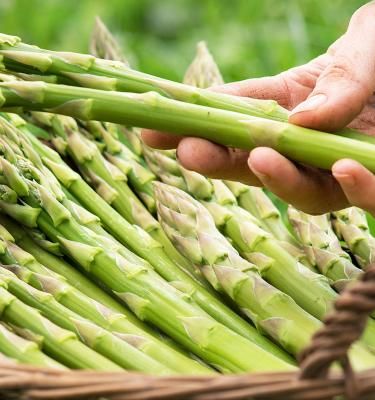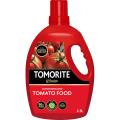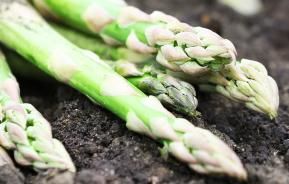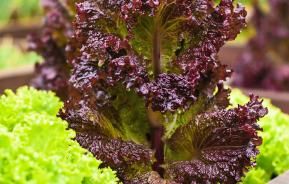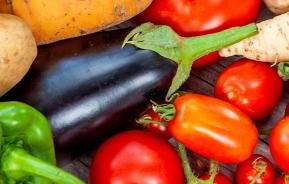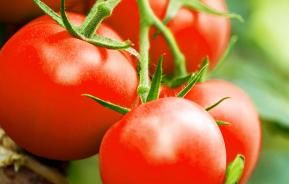Asparagus is a long-term crop, usually providing up to 20 years of delicious spears if you plant well and care for the plants while they’re growing. Asparagus is a great vegetable plot luxury - just steam and serve with melting butter.
How to grow asparagus
Cultivation
Asparagus grows best in a warm, sunny position. although it will tolerate light, dappled shade. It needs a well-drained soil improved with lots of bulky organic matter, such as compost or well-rotted manure.
Asparagus varieties
The best asparagus varieties are all-male F1 varieties. They are more vigorous than the older, open-pollinated varieties.
- Backlim (F1)
- Connover’s Colossal
- Gijnlim (F1)
- Jersey Knight (F1)
- Lucullus (F1)
- Pacific Purple (F1)
Planting asparagus
As this is a long-term crop, prepare the soil well before planting in March or April. Dig and fork over the soil, removing stones and all perennial weed roots, and add lots of organic matter - such as well-rotted manure or compost for example.For best results, and especially on heavy soils, dig a trench 30cm (12in) wide and 20cm (8in) deep. Work in some well-rotted manure into the soil at the bottom of the trench, then add some of the excavated soil to make a 7.5-10cm (3-4in) high ridge down the centre of the trench.
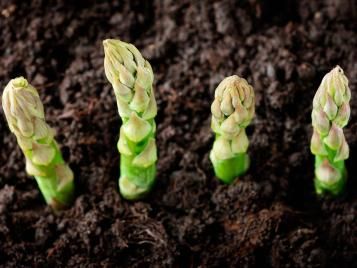
Place the crowns on top, carefully spreading out the roots, spacing them 30-45cm (12-18in) apart. Carefully cover the crowns with 5-7.5cm (2-3in) of soil, leaving the tips of the stems just visible. Gradually fill in the rest of the trench as the plants grow through the soil.
If planting container-grown plants, plant with the top of the rootball 7.5cm (3in) below soil level.
If you are going to grow lots, leave 45-60cm (18-24in) between rows and stagger the placement of the plants within the rows.
Water in well and mulch the soil with 5cm (2in) of well-rotted manure.
How to care for asparagus
It is important to keep asparagus beds weed free. This is best done by hand as the shallow roots can be damaged when hoeing.
Add a 5-7.5cm (2-3in) thick mulch annually in spring to reduce weed growth, keep the plants and soil fed and help retain soil moisture.Apply a general granular feed in early spring and repeat once harvesting has finished.
Allow the foliage to turn yellow in autumn before cutting it down to 2.5cm (1in) above the soil surface.
Harvesting
It’s important to allow the plants to build up their strength, so it is best not to harvest any spears for the first 2 years. In the third year, stop cutting after 6. From then on, you can crop normally as and when the spears are produced.
The best way to harvest is to cut each spear with a sharp knife 2.5cm (1in) below the soil surface when they are 15-20cm (6-8in) long.
Pests
Asparagus may be susceptible to asparagus beetle.
| Foliage season(s) | Spring, Summer, Autumn |
|---|---|
| Sunlight | Full sun |
| Soil type | Clay, Loamy |
| Soil pH | Neutral |
| Soil moisture | Moist but well-drained |
| Ultimate height | Eventually up to 1.2m (4ft) |
| Ultimate spread | Up to 30cm (1ft) |
| Time to ultimate height | 9 months |
